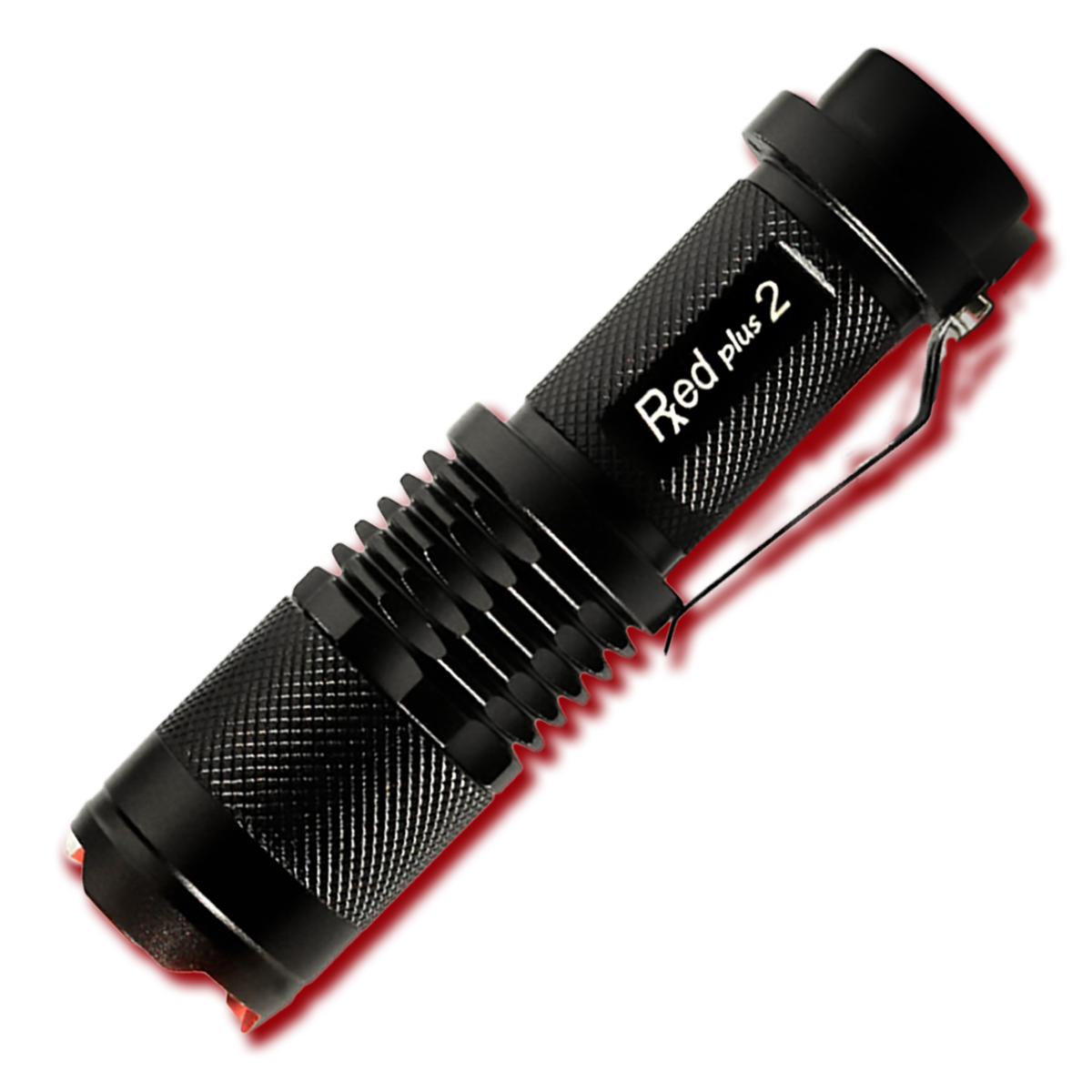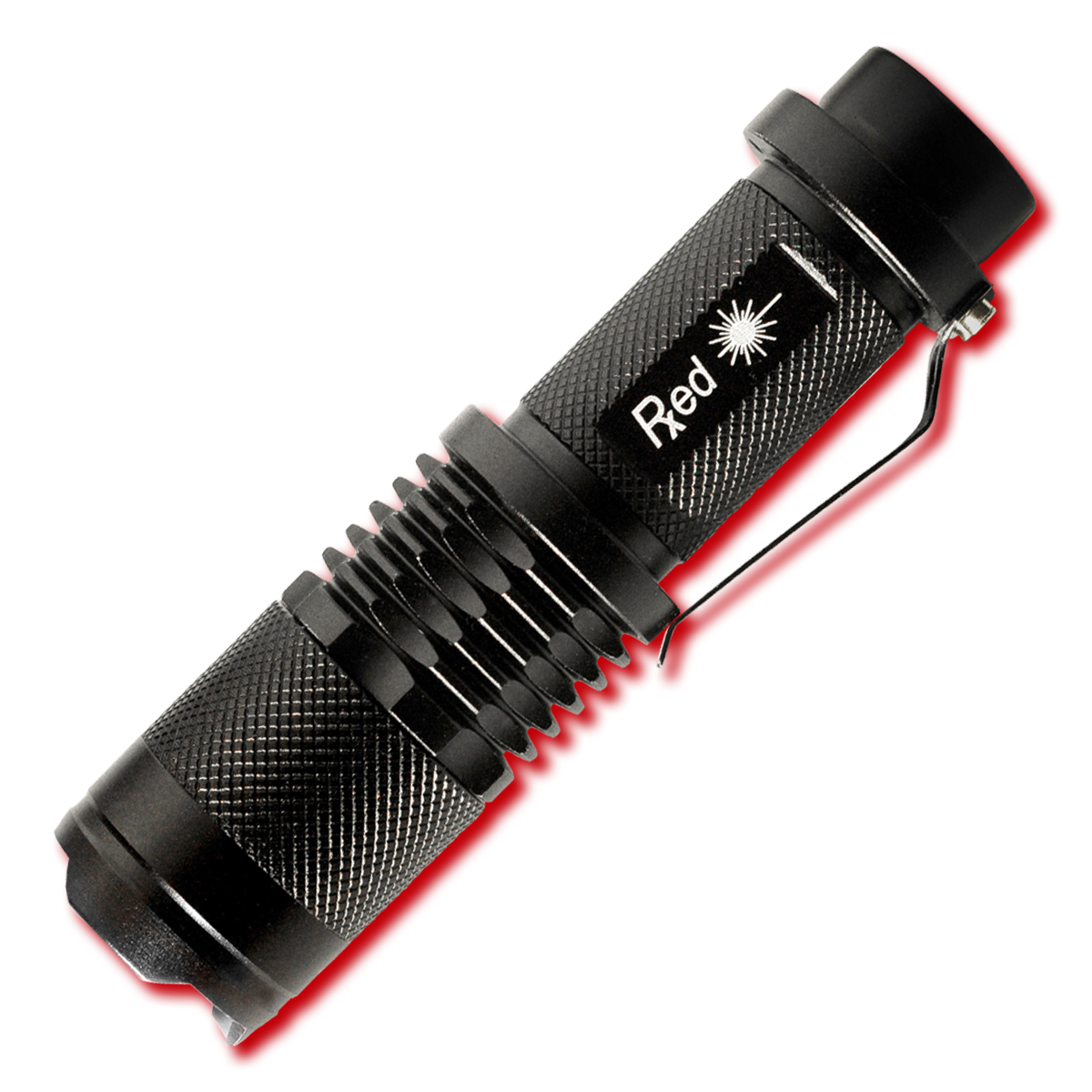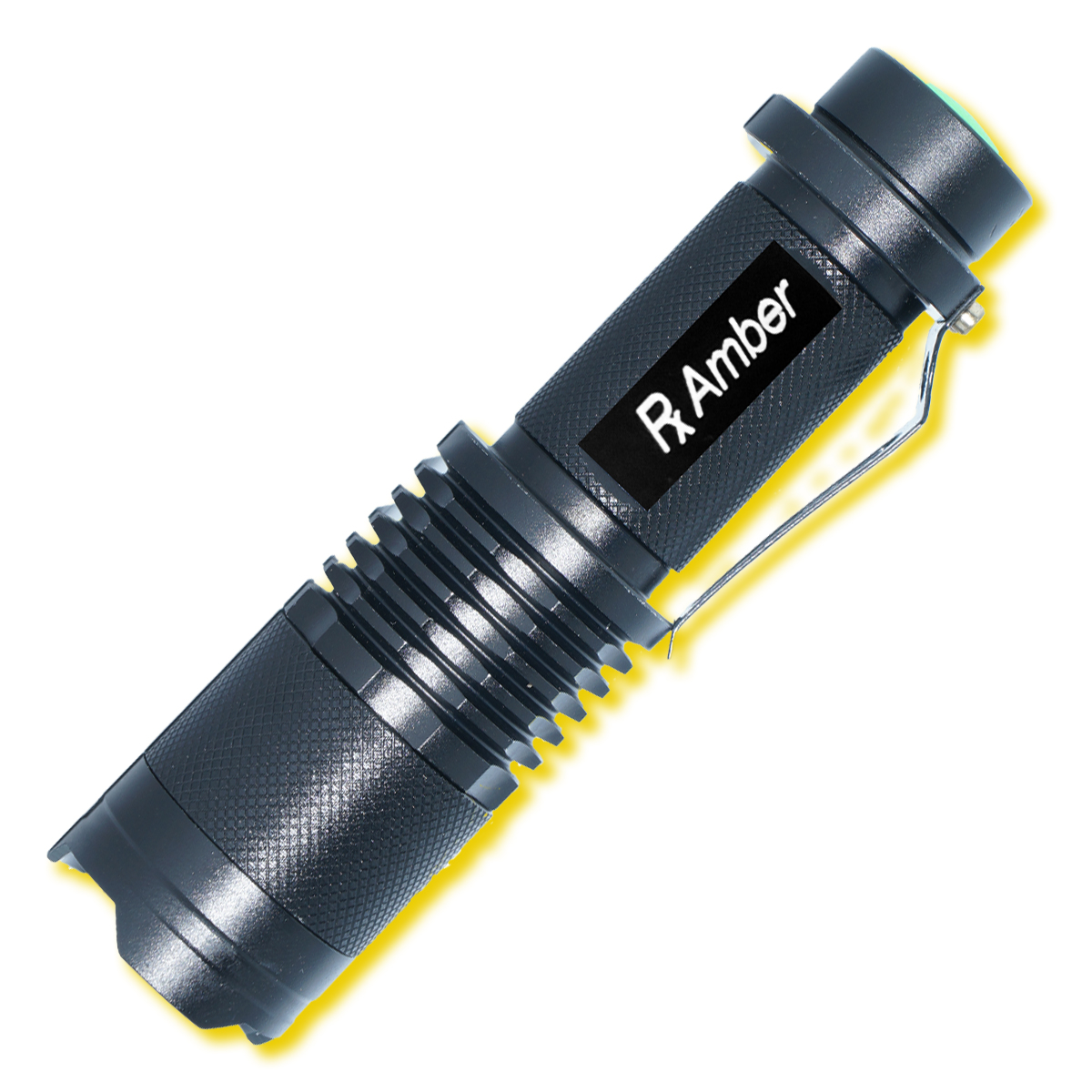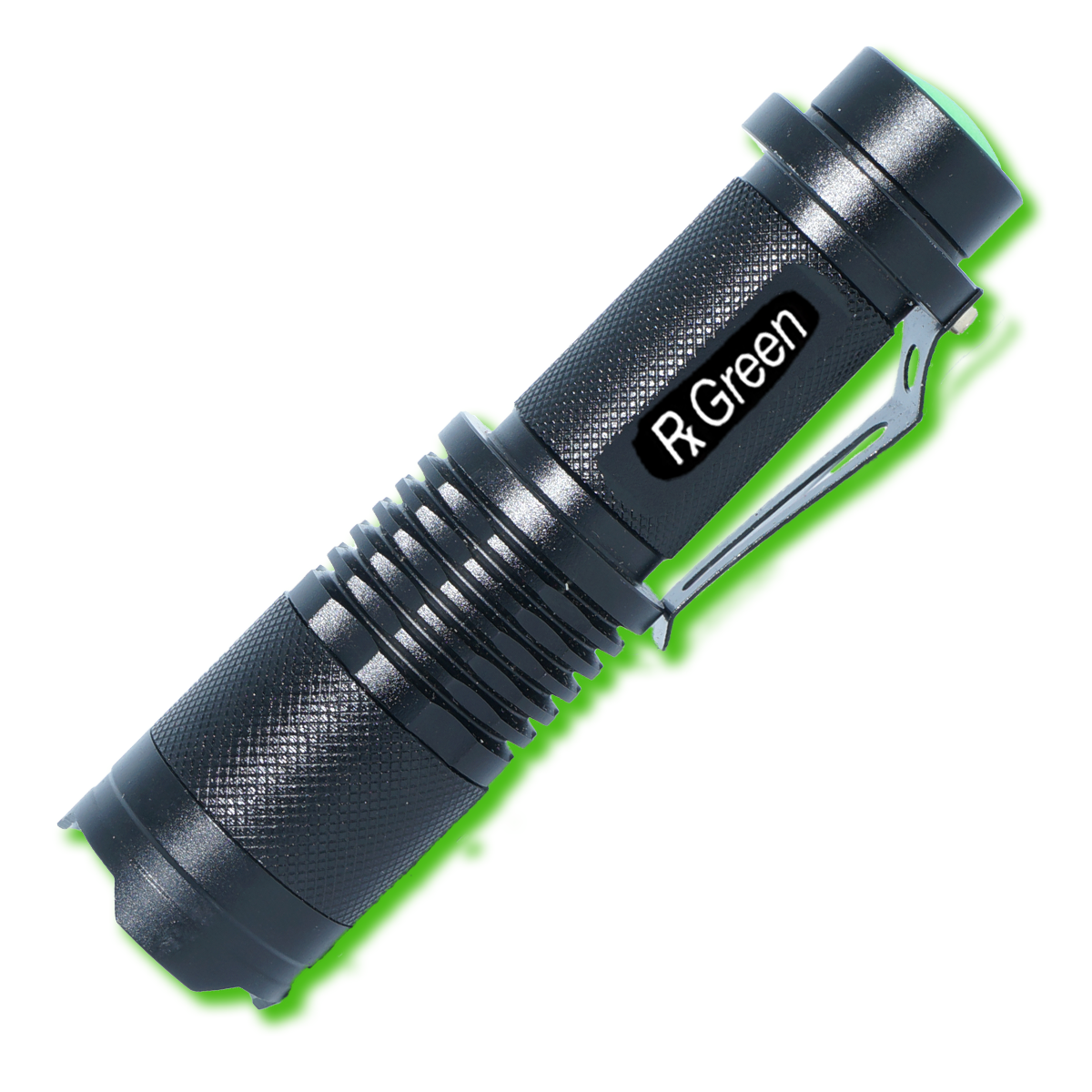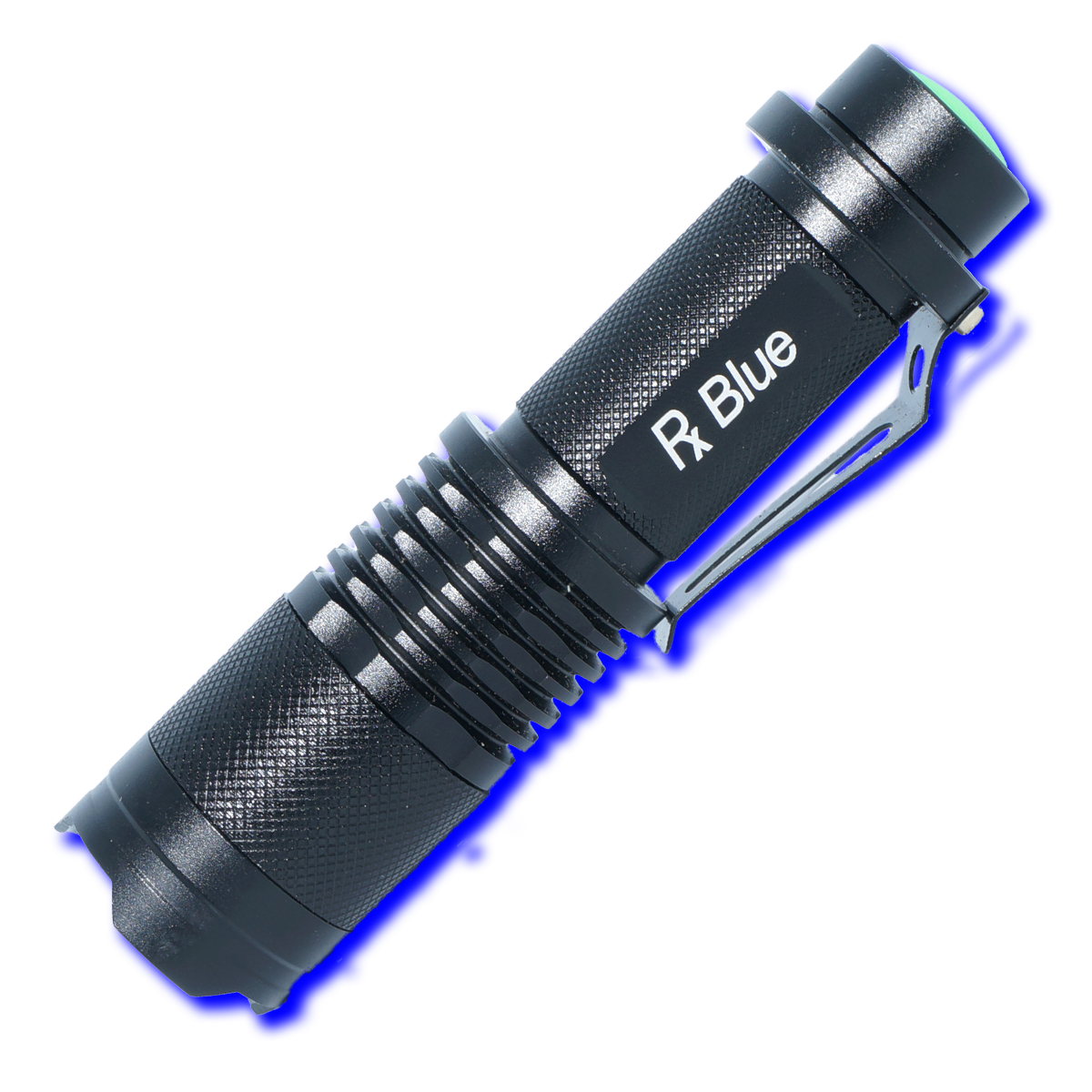As a Certified Light Therapist with years of hands-on experience, I’ve encountered countless individuals who describe a familiar trio of symptoms: numbness, tingling, and persistent pain in their hands and wrists. While seemingly benign initially, these symptoms can indicate a more insidious condition known as carpal tunnel syndrome. This ailment stems from the compression of the median nerve within the wrist’s confined space, often leading to discomfort and a marked reduction in hand function and dexterity.
Traditional medical interventions, ranging from medications to surgical procedures, have been the go-to solutions for many. However, in my journey through light therapy, I’ve been introduced to and have seen the transformative effects of alternative treatments, one of which is Photopuncture. This innovative approach marries the principles of acupuncture with the therapeutic benefits of light, offering a non-invasive and holistic path to relief.
In this comprehensive article, I aim to shed light (pun intended) on the intricacies of Photopuncture. We’ll delve deep into its mechanisms, explore its potential benefits, and provide insights into how it can serve as a beacon of hope for those grappling with the challenges of carpal tunnel syndrome.
Photopuncture, often called a revolutionary approach within the realm of alternative medicine, is a unique adaptation of the ancient practice of acupuncture. Instead of the traditional needles that many associate with acupuncture, Photopuncture uses precise, targeted light beams to stimulate specific energy points, or meridians, within the body.
The science behind this method is deeply rooted in the belief in Qi (pronounced “chi”), which is understood as the vital energy or life force that flows through every living being. A blockage or disruption in this flow, particularly in the regions of the radius & ulna in the arm, can lead to physical discomfort and tension. Photopuncture aims to address this by activating and balancing the flow of Qi in the affected areas, promoting natural healing and relaxation.
One of the standout benefits of Photopuncture is its non-invasive nature. The procedure is painless and devoid of the apprehension many feel towards needles. This treatment makes it a good option for individuals wary of more invasive therapeutic procedures or those with needle phobias. Photopuncture combines traditional wisdom and modern technology, providing a gentle yet effective path to holistic healing.
A typical Photopuncture session, surprisingly brief, lasts between 10 to 15 minutes. During this time, the practitioner uses a specialized instrument, either a Red LED Torch or a low-level laser, to direct focused light beams onto carefully chosen acupoints located along the wrist and arm.

These acupoints, derived from ancient acupuncture traditions, are believed to be energy hubs within the body. When stimulated, they can influence various physiological processes. The targeted light energy from the Photopuncture session activates these acupoints and works to harmonize and rebalance any misaligned tension within the arm’s skeletal structure, ensuring the bones are in their optimal position.
But the benefits of Photopuncture don’t stop at the surface. The emitted light delves deeper, reaching the very cells within our tissues. This deep penetration serves a dual purpose: it kickstarts cellular activity, encourages cells to repair and rejuvenate, and boosts blood circulation to the wrist. Enhanced blood flow means a richer supply of oxygen and essential nutrients to the region, promoting faster healing and overall well-being.
Photopuncture has emerged as a beacon of hope for many grappling with the discomforts of carpal tunnel pain. Many individuals who have ventured into this treatment have reported notable relief, often witnessing significant improvements in their symptoms after just a handful of sessions. What sets Photopuncture apart is its gentle yet effective approach. Focusing on muscle relaxation, reducing inflammation, and addressing the root imbalances within the body offers a holistic path to healing.
Furthermore, the efficacy of Photopuncture is more than just anecdotal. A series of research studies have delved into the science behind this method, particularly the use of Red Light to activate acupoints. These studies have demonstrated its potential as a viable treatment option for managing carpal tunnel syndrome. For those interested in understanding this research’s depth and the findings supporting these claims, I invite you to read the detailed studies at this link.
In addition to Photopuncture, a wealth of natural remedies can be instrumental in alleviating carpal tunnel pain. One of the foundational steps is to engage in regular exercise, which strengthens the wrist and hand muscles and improves blood circulation, aiding in faster recovery. When done consistently, specific wrist stretches can increase flexibility and reduce tension in the affected area.
Another effective remedy is the application of heat or ice. Warm compresses can help relax tight muscles and increase blood flow. In contrast, cold compresses can reduce inflammation and numb the area, providing immediate relief. It’s advisable to alternate between the two for optimal results.
Ergonomics plays a pivotal role in preventing and managing carpal tunnel syndrome. Ensuring proper posture, especially when working for extended periods, can significantly reduce strain on the wrist. Investing in ergonomic equipment, such as a wrist brace that offers support or an ergonomic keyboard designed to minimize wrist strain, can make a difference. These tools, coupled with mindful practices, not only mitigate the risk of exacerbating the condition but also foster an environment for the wrist to heal naturally over time.
The Photonic Therapy Institute (PTI) is a leading resource for those interested in the therapeutic benefits of Photopuncture. Recognizing the need for clear guidance, PTI offers a comprehensive library filled with Photopuncture Recipes. These recipes come with detailed information, illustrative charts, and step-by-step instructions, ensuring users know precisely where to direct their light for optimal results.
There’s an added advantage for those who invest in a Photopuncture Torch. Customers are granted access to a curated selection of over five foundational Photopuncture Recipes. These recipes cater to diverse needs, covering treatments for humans, pets, and even horses, ensuring holistic care for the entire family.
But the offerings of PTI don’t stop there. For the dedicated enthusiasts and professionals, there’s the Advanced Photopuncture Recipes collection. This ever-expanding library dives deeper into specialized treatments, including a dedicated recipe tailored for addressing the discomforts of Carpal Tunnel syndrome. Access to this advanced collection is an exclusive perk for the Lighthouse & Luminary members of PTI, a testament to the institute’s commitment to continuous learning and advancement in the field.
If you’re intrigued by the potential of Photopuncture and wish to delve deeper, or if you’re considering becoming a supporting member to unlock a treasure trove of advanced resources, I invite you to explore the membership details and benefits on the official PTI website.
While Photopuncture offers a promising alternative for carpal tunnel relief, ensuring you’re receiving the most effective and safe treatment is paramount. Before embarking on this or any new therapeutic journey, seeking guidance from a trained practitioner is crucial.
Why hire a CLT? Certified Light Therapists (CLT) have delved deep into the science and application of photobiomodulation. Their extensive training ensures that you receive expert care and maximize the benefits of each Light Therapy Session. By working with a CLT, you can confidently move forward, knowing you’re in capable hands. For those interested in finding a qualified professional, I recommend visiting this page on the Photonic Therapy Institute website to locate a Certified Light Therapist near you.
Kay Aubrey-Chimene
I am Kay Aubrey-Chimene, an internationally recognized Bio-Nutritional Consultant and Light Therapy Educator. I founded and currently direct the Photonic Therapy Institute and am the visionary behind the Photopuncture training programs, crafted to assist humans, horses, and pets. I earned my BS in Animal Health Sciences from the University of Arizona and pursued graduate studies in Nutrition, Biochemistry, and Evolutionary Behavior. As a Reiki Master/Teacher, I’m certified in Bio-Energy Analysis, Kinesiology, Equine and Canine Massage Therapy, EFT, Acupressure, and Experiential Training. Every week, I host “Office Hours” webinars, sharing insights on maximizing the benefits of light therapy. My pioneering courses, which blend acupuncture’s precision with light’s healing power, have received national certification from BAHNS.





